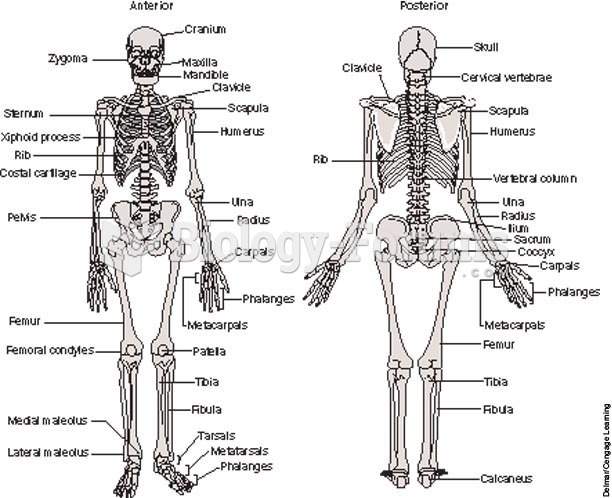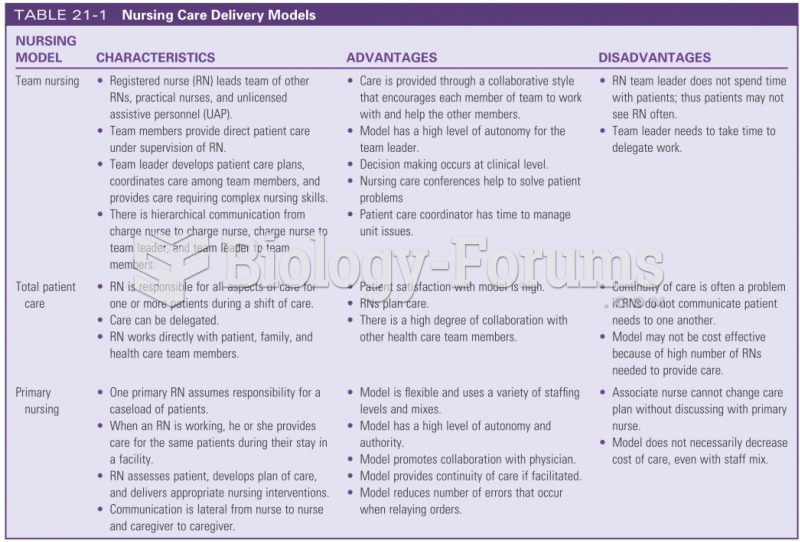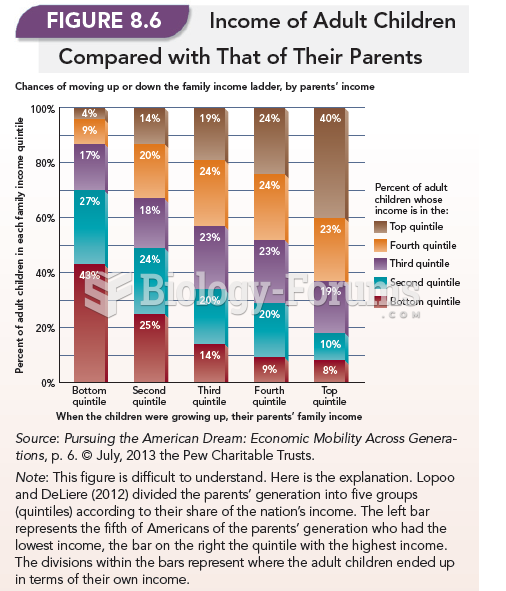Answer to Question 1
Correct Answer: 1,2,3
Rationale 1: Antihistamines can cause drowsiness, dizziness, and confusion in an older adult, which increases the risk of falling.
Rationale 2: The nurse must make sure the older adult knows the potential side effects of the antihistamine.
Rationale 3: Antihistamines can cause drowsiness, dizziness, and confusion in an older adult, which increases the risk of falling.
Rationale 4: Antihistamines generally improve airway clearance.
Rationale 5: Antihistamines generally help to improve breathing.
Global Rationale: Although considered nonsedating, fexofenadine can still cause drowsiness in certain patients at high doses and if combined with CNS depressants, including alcohol. This places the patient at risk for injury and falls. Education is essential. Airway clearance and ease of breathing is enhanced.
Answer to Question 2
Correct Answer: 1,2,3
Rationale 1: Antihistamines exert an anticholinergic action and are used to treat early symptoms of Parkinson disease.
Rationale 2: Antihistamines suppress the vomiting center in the brain, decreasing the nausea accompanying motion sickness.
Rationale 3: Hives are most often caused by the release of histamine; antihistamines block that release.
Rationale 4: Antihistamines do not have a therapeutic effect on bronchoconstriction .
Rationale 5: Antihistamines do not have a therapeutic effect on hypotension and should be used cautiously in clients with hypertension.
Global Rationale: Antihistamines that selectively block H1 receptors are widely used as OTC remedies for the relief of allergy symptoms, motion sickness, and insomnia. Drugs with significant anticholinergic actions are used to treat mild forms of Parkinson disease. They are also used to treat the tremor and extrapyramidal adverse effects from conventional antipsychotic drugs. Because diphenhydramine exerts great amounts of anticholinergic action, it is sometimes used to treat these conditions. They do not have a therapeutic effect on bronchoconstriction or hypotension.







